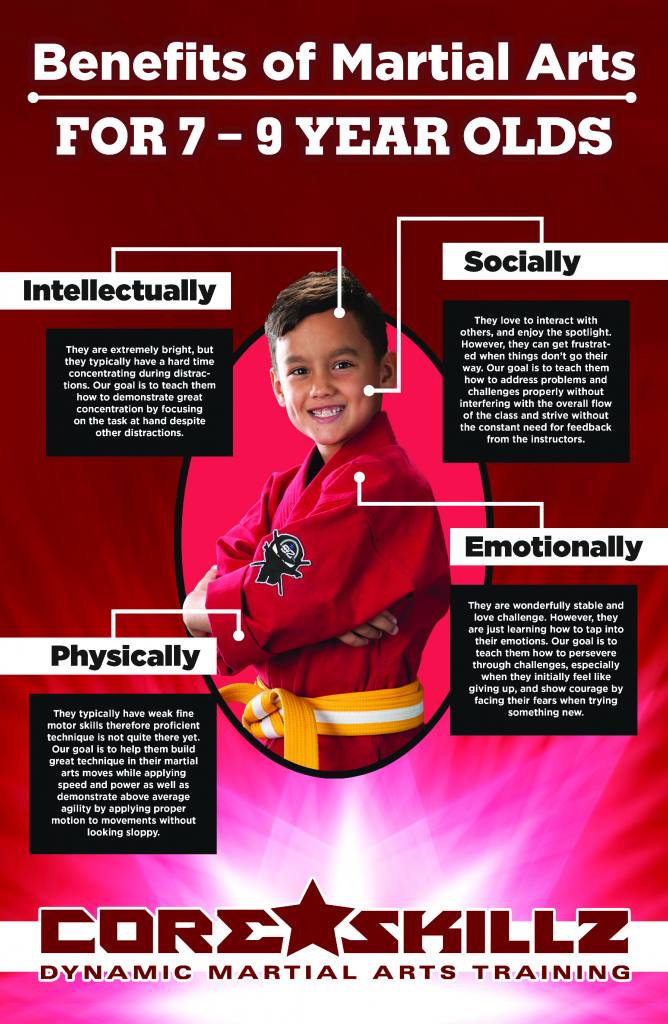Discovering The Rich Heritage And Spiritual Measurement Of Martial Arts: A Detailed Evaluation
Discovering The Rich Heritage And Spiritual Measurement Of Martial Arts: A Detailed Evaluation
Blog Article
Post Writer-Lauridsen Francis
Step into the ancient world where martial arts were born out of necessity in diverse regions. Societies crafted one-of-a-kind battling designs linked with historic contexts. Strategies advanced over centuries via dedicated practice and social exchanges. Today, modern-day martial arts blend traditional components for optimal efficiency. Philosophically, martial arts emphasize discipline, self-improvement, and harmony. Respect, humbleness, and equilibrium are fundamental principles leading specialists in the direction of growth and strength. Explore the depths of this rich history and approach to reveal the profound influences shaping this long-lasting discipline.
Beginnings of Martial Arts
Fighting style came from different regions around the globe, progressing as useful battle systems to resist threats. These old combating designs were established out of requirement, with each society crafting methods matched to their distinct atmospheres and challenges. From the grappling arts of Jujutsu in Japan to the striking techniques of Martial art in China, martial arts were deeply intertwined with the historic, social, and cultural textile of their respective societies.
In Japan, the samurai class refined martial arts like Kenjutsu, the art of the sword, which later developed right into the more popularized form of Kendo. On the other hand, in Brazil, Capoeira became a mix of dancing and fight, developed by enslaved Africans as a means to stand up to fascism. Each fighting style carries with it a rich background and viewpoint, showing the worths and ideas of the people who exercised them.
As you delve into the beginnings of martial arts, you discover a tapestry of human resourcefulness, resilience, and the unyielding spirit of warriors throughout time.
Evolution of Techniques
With centuries of method and improvement, combat techniques within various martial arts have undertaken an extensive development. From ancient styles like Kung Fu and Martial arts to much more modern self-controls such as Brazilian Jiu-Jitsu and Krav Maga, the development of methods has actually been driven by a combination of cultural influences, practical applications, and technological improvements.
One considerable facet of this development is the cross-pollination of techniques between different martial arts. As an example, techniques from conventional Japanese Jiu-Jitsu were integrated into the production of Judo by Jigoro Kano in the late 19th century. This mixing of designs has led to the development of crossbreed martial arts like Mixed Martial Arts (MIXED MARTIAL ARTS), which combine elements of striking, grappling, and submission strategies.
Moreover, the evolution of techniques has been formed by the raising focus on performance and effectiveness in fight. Specialists have actually continuously sought to improve their methods through strenuous training, experimentation, and competition, causing the development of extremely specialized and efficient battling styles. Overall, the development of methods in martial arts shows the dynamic nature of combat and the recurring mission for enhancement and advancement.
Thoughtful Structures
Discovering the underlying thoughtful principles of martial arts offers insight into their core worths and guiding ideas. At the heart of lots of martial arts self-controls is the idea of discipline itself. By educating your body and mind to work as one cohesive system, you grow technique that extends past the dojo or fitness center into daily life. This discipline encompasses regard, humbleness, and self-constraint, forming not just your physical abilities but also your personality.
One more basic thoughtful foundation in martial arts is the concept of continuous self-improvement. The journey of grasping a fighting style is perpetual, with experts frequently striving to much better themselves, both physically and mentally. This focus on growth cultivates resilience, perseverance, and a development state of mind that can be applied to all elements of life.
Furthermore, martial arts emphasize the relevance of harmony and equilibrium. Techniques are designed to make use of a challenger's energy against them, highlighting the concept of yielding and redirecting pressure rather than fulfilling it head-on. This viewpoint reaches interpersonal partnerships, promoting serene resolutions and mutual understanding. By accepting these thoughtful foundations, martial musicians not only boost their fight abilities but also cultivate a lifestyle centered on individual development, respect, and harmony.
how much for kids martial arts , the background and ideology of martial arts offer a rich tapestry of custom, discipline, and self-improvement.
Consider instance the story of Bruce Lee, who reinvented martial arts by blending various designs and ideologies to develop his own one-of-a-kind form of Jeet Kune Do.
Through devotion and advancement, martial artists remain to press borders and inspire others to reach their complete capacity both in fight and in life.
